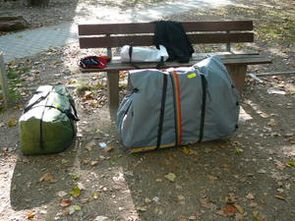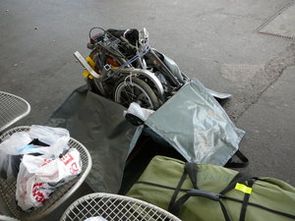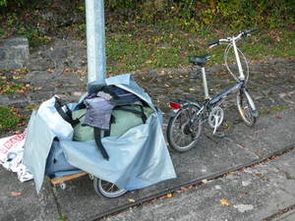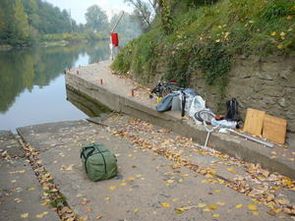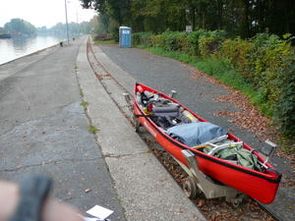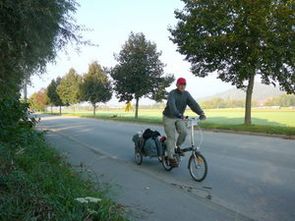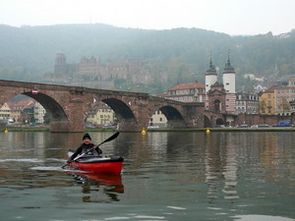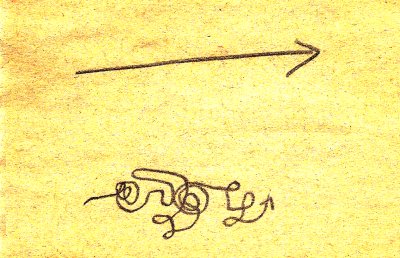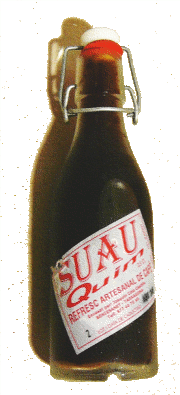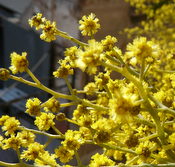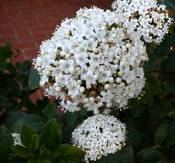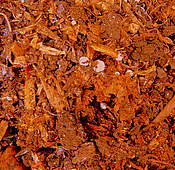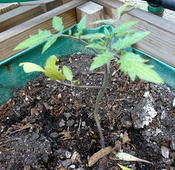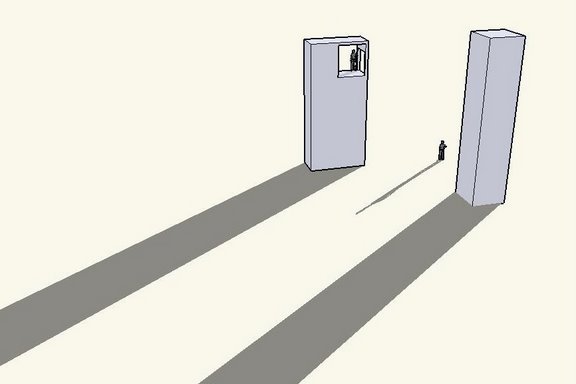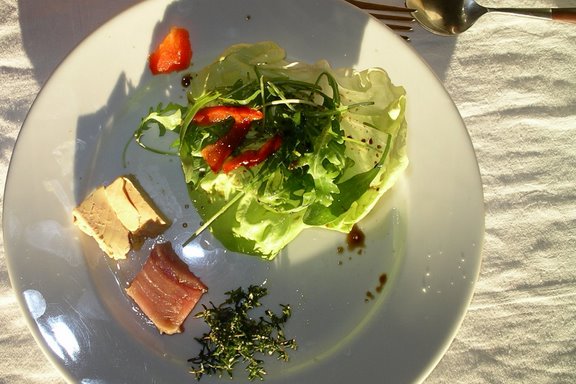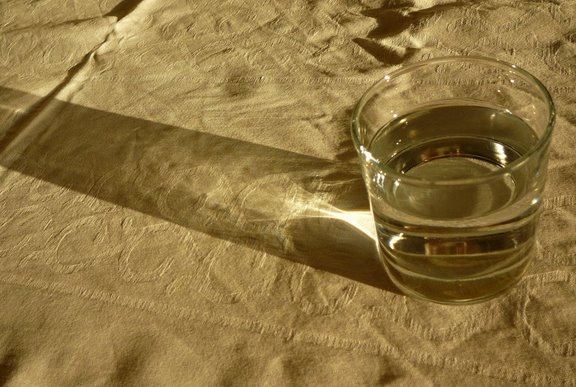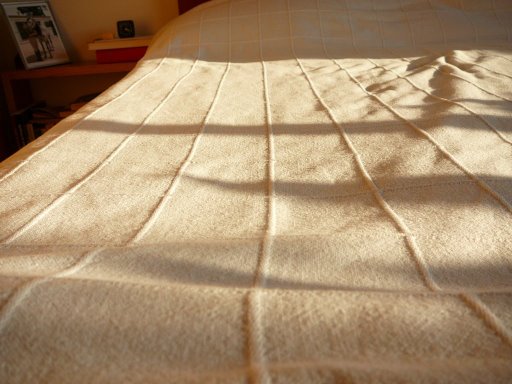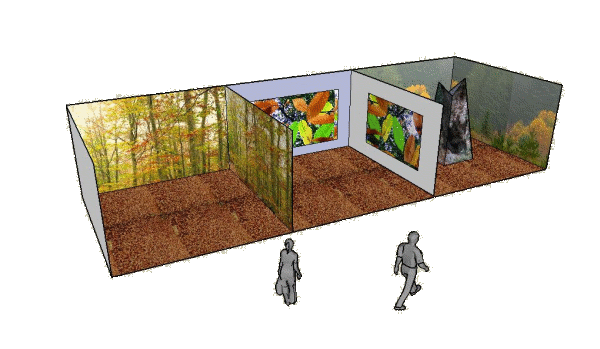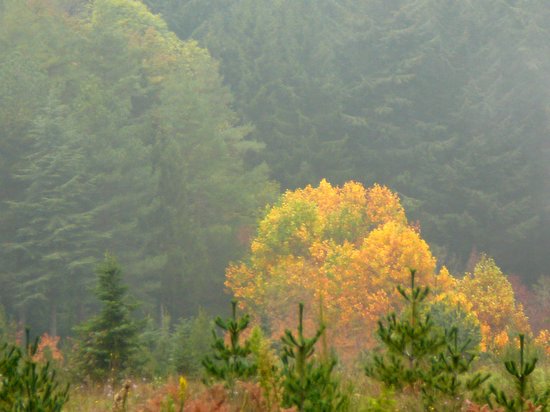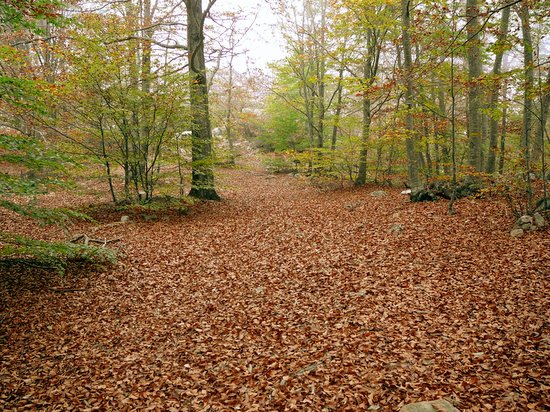Actually sis answers to the question “What are you optimistic about and why” in edge.org regard as a most desirable and positive feat the extension of life up to 120-150 years. To me it’s weird the emphasis on longevity rather than on quality of life.
(1) Too soon? Or too late?
Now, while the idea of prolonging life no matter how does not thrill me (one ancestor of mine used to say that she would rather not live very, very long, otherwise she would think that God had forgotten about her) I am not for putting an expiring date either, like yoghurts in the supermarket. The question would be, taken that death is unavoidable, how or when would you like to die? What age? What loss of abilities is still acceptable? I seems that, either we die “too soon”, still in full possession of our faculties, and that’s a pity, or in clear decay, after months or years of slow decline, which is also a pity; and that would be “too late”. When would be the right time? I don’t know, probably none.
(2) What about a renewal plan?
A hypothetical problem. Let’s assume that by year 3011, technology allows extending life up to 500 years. And let’s assume that the planet can support a limited population, for instance, 10 billion people. So, for the following next period of 500 years, we can choose between 5 sets of people living a 100 years span, or 1 set of people living a 500 years span. Or two sets of 250. What would be the best? Wisdom and experience and a world populated basically by venerable elders? A higher renewal tax? A mix of both? Let everyone choose and see what happens? I don’t know. But some day we will we asked to answer the question about how long are we supposed to stay on stage until this “last scene of all, that ends this strange eventful history, is second childishness and mere oblivion, sans teeth, sans eyes, sans taste, sans everything”. [As You like it II, vii]
(3) Living longer, what price?
It has been said, that half of all spending in health care is done in the last year of life, suggesting that medecine invests unreasonable efforts in trying to expand life. The statistics are not so evident according to a Medicare report but it is obvious that there is a border between what would be medical actions for assuring some quality of life and medical actions for mantaining vegetative functions of an organism. That’s what the “living will” is about. On the other hand, the irruption of antiage treatments brings forth the issue of how to implement or fund them. It is going to be limited to those who can afford it? Are you going to live as long as you can pay for it?
(4) An aesthetic point of view
All in all it is a hard issue from the point of view of science, religion, philosophy, bioethics … There is no happy ending.
I believe that thinking about it from an aesthetic stance could help, as if we were assessing a screenplay for TV or scene, or the performance of a tune. If we had to write a good death for the main character, what would be a good way to die? A never ending scene that became boring like a tune that never stops while tired musicians play out of tune? A big bang finale? If I had to say it in musical terms, I’d rather have it like one of those jazz tunes when, after several chorus, the main theme is played and then a riff is repeated a few times, softer and softer until only a slight graze of the drums brushes is heard and then all vanishes.





